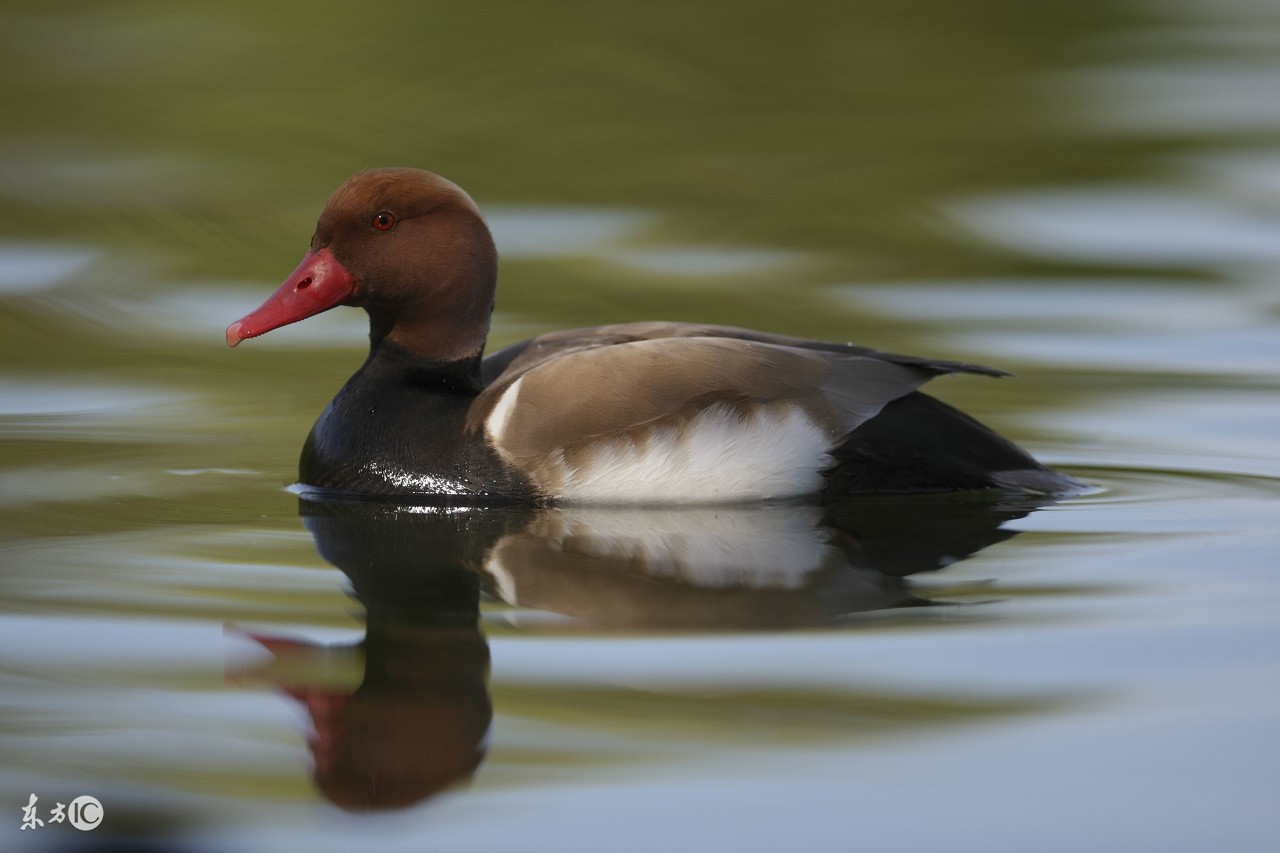
Only two known animals can change their size to fit the pressures of the environment: one is a hermaphrodite sessteed barnacles, and the other is a duck.
Barnacles can stretch their "big guys" through the rolling waves to meet the crush on the other side of the sea (details of how barnacles mate can be found thousands of miles away); and according to a study in the AUK Advances in Ornithology, male ducks are not to be outdone in male males, and they can develop different lengths of tintin according to the number of female ducks around them.
In the animal kingdom, ducks are known for their materous mating posture. Patricia Brennan, an evolutionary biologist at Honix College, has studied the strange evolutionary history of duck vaginas—duck girls' vaginas are often spiral-shaped and filled with deceptive sacs—while the dick's tintin sometimes carries barbs, like a white spiral cactus. Over the generations, the duck girls developed more twisted vaginas to block all but the most powerful mates. Correspondingly, the male duck evolved a more terrifying Tintin length, using the hook as a weapon and walking in a snake-like position to kill the sacred path to the duck girl's heart.
But while many people know that our semi-aquatic friends have spiral-shaped "little monsters," you might be surprised to learn that male ducks don't always have inconvenient genitalia. Similar to antlers (yes, fortunately unlike human genitalia), duck dings grow seasonally. In Brennan's latest study, she did more than just observe this strange phenomenon: She tried to figure out what was going on.
Brennan proposed a hypothesis that competition between males would change the tintin length of the male. To test this hypothesis, she experimented with two different breeds of ducks: the lesser scaup and the ruddy duck. She set up two experimental groups based on the breed—each consisting of 5 females and 8 males of the same breed—and put them in columns to reproduce the social pressures (polygamy) brought about by unequal sex ratios. To see what would happen in the absence of competition, Brennan set up two other experimental groups, each consisting of pairs of identical male and female ducks (monogamous).
The brown hard-tailed ducks were selected for their experiments for several characteristics: they were selfish; the paper also mentioned that they were "the most belligerent of all waterfowl"; they were prodigal sons who loved to split legs; and they were also one of the largest groups in the bird kingdom with very little difference between Tintin and Dante. Compared to brown hard-tailed ducks, small diving ducks have a fixed mate every season (although they occasionally fool around), and their tintins are shorter—almost 1.5 to 3 inches long (about 3.8 to 7.6cm)—and smoother, in stark contrast to the brown hard-tailed duck's 8-inch (20.3 cm+) large stinging tintin. It can be said that they are possessed by ... not... Birds with different plumage.
The results surprised Brennan. Male brown hard-tailed ducks that live alone with females grow a normal-length tintin. But the brown hard-tailed ducks that compete with other males form a social hierarchy, and this pecking order (or quack order?). The length of their tintin seems to determine: the most robust male brown hard-tailed ducks are the first to develop a normal length of tintin (at least for them) and maintain this length throughout the mating season; the remaining male ducks take turns developing a tintin of the right length, and can only last for 4 to 6 weeks at a time.
Competition also seems to have an impact on the baby ducklings, but they do not form a social hierarchy like the brown hard-tailed ducks. Small diving ducks in polygamous conditions develop better than tintin in monogamous conditions. And during the same period, the former will always maintain a high state of sexual excitement. If you think about it, this is quite explainable: the small diving ducks are only (relatively speaking) small tintins, so increased competition will make the male small diving ducks as large as possible, while the brown hard-tailed ducks themselves have the "human nightmare" of super large tintins, and they must adopt other methods to keep them competitive in the mating market.
The researchers took blood samples from each subject and planned to conduct studies on hormones that affect the growth of buttin. Brennan hopes she can help scientists understand how tintin develops in humans after discovering how tintin develops in ducks. The study also has greater environmental motivations. Marine biologist J. Berger, who studied barnacles at Nova Southeastern University, Matthew Hoch said: "What is important is how these seemingly insignificant critters, such as barnacles, mosquitoes or ducks, can maintain their racial size in the face of environmental changes." ”
Although many questioned the significance of her research, Brennan took pleasure in studying ducks. "Genitalia are the most direct mechanical interaction between men and women, and there is nowhere else where men and women can co-influence evolutionary changes," she said. ”